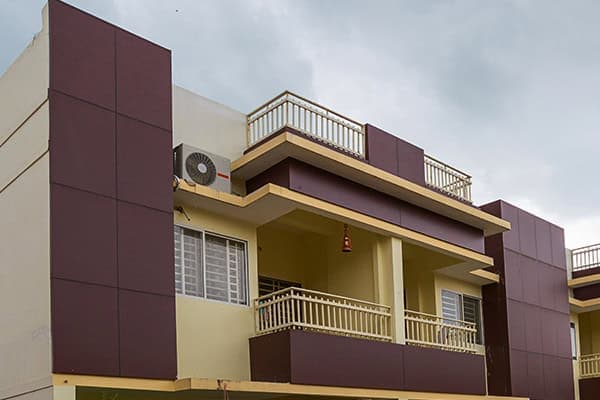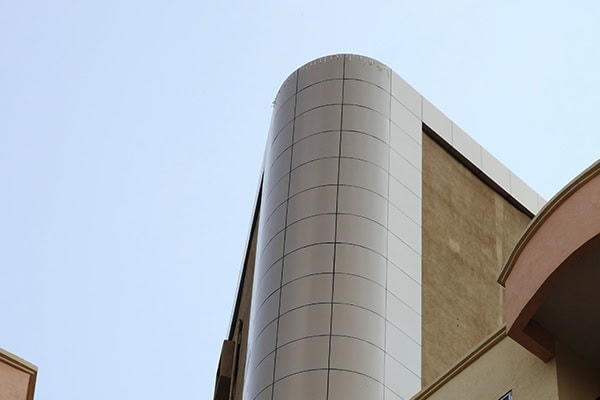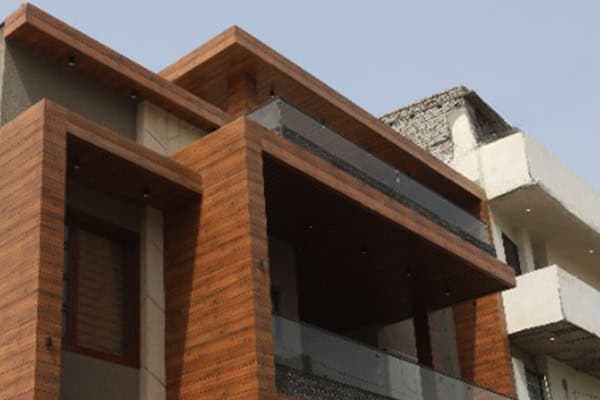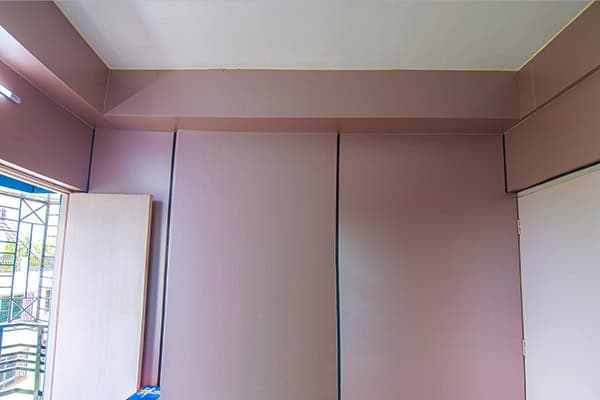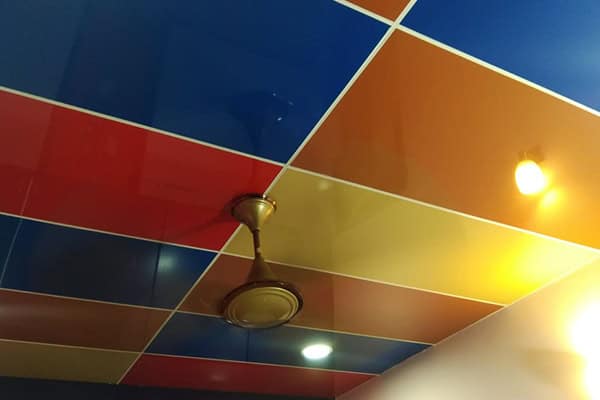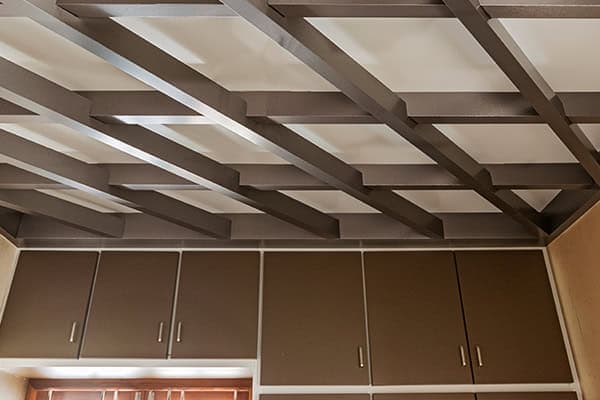In the dynamic world of architecture and construction, the quest for materials that are both aesthetically pleasing and highly functional is unending. Architects, builders, and government bodies in India are increasingly turning to a versatile and innovative solution: Aluminium Composite Panels (ACPs). The front of a commercial building is more than a wall; it is the handshake between architecture and the public. A striking commercial building front elevation design can transform a structure into a landmark. Across India, architects, builders, and government bodies are increasingly turning to ACP design to achieve facades that are beautiful, durable, and cost-efficient.
These panels, composed of two thin aluminium sheets bonded to a non-aluminium core, are rapidly becoming the go-to material for modern facades, cladding, and interior applications. Their unique combination of durability, flexibility, and design versatility makes them an ideal choice for a wide range of projects, from commercial complexes to public buildings.
Why Does Front Elevation Matter So Much?
The elevation is the first impression a building makes. Whether it is a government office, a shopping centre, or a corporate tower, the commercial building front elevation design signals quality and ambition. A well-designed facade:
- Enhances brand identity and market value
- Attracts tenants and customers
- Protects against India’s demanding climate
- Complies with fire and safety codes when specified correctly
For decision-makers in India, the façade is not simply decoration; it is an investment that pays back in reputation and performance.
Read Also: Top 6 Facade Maintenance Tips for Long-Lasting Performance
Understanding ACP and its role in modern commercial building elevation
ACP sheets are sandwich panels consisting of two aluminium skins bonded to a fire-retardant core. High-grade coatings provide UV and weather resistance, making them ideal for modern commercial building front elevation ideas in India.
Key benefits include:
- Lightweight construction that reduces structural load
- Wide colour and texture range for creative ACP design
- Rapid installation compared with stone or tile cladding
- Long-term durability and minimal maintenance
- Compatibility with 3D forms for dramatic façades
Because of these advantages, ACP is increasingly used in commercial building front elevations in India, from small retail units to government airports.
AluWall Projects: Real-world performance of ACP Sheets
1. Port Blair Airport, Andaman & Nicobar Islands
At the Port Blair Airport, AluWall supplied ACP for interior cladding that balances strength with a clean, modern look. The lightweight panels simplified installation in a busy transport hub while offering excellent fire safety and moisture resistance. The project demonstrates how simple commercial building front elevation and interiors can gain elegance through ACP without excessive structural support.
2. Haldia Bus Terminus, West Bengal
A landmark public infrastructure project finished with AluWall ACP Sheets from the Solid Series, featuring shades AW508 (Pure White) and AW512 (Indigo).
Designed for urban durability, the façade ensures excellent UV resistance, low maintenance, and a clean colour contrast that complements the structure’s modern appeal. The balanced combination of bold and neutral tones enhances visual orientation while maintaining long-term structural performance in this high-traffic environment.
Read Also: A Comprehensive Guide to Cleaning and Maintaining ACP Sheets
Benefits of ACP in commercial building front elevation design
- Durability and weather resistance – coatings withstand monsoon rains, salt air and intense sun.
- Fire safety – FR cores meet stringent safety standards for government and commercial buildings.
- Design freedom – from flat minimalist panels to 3D front elevation of commercial building concepts with folds and perforations.
- Lightweight construction – easier retrofits and reduced substructure costs.
- Low maintenance – simple cleaning keeps façades fresh for years.
These strengths explain the growing preference for ACP across modern commercial building front elevation ideas in India.
Popular ACP design ideas for modern commercial building elevation
1. Minimalist sophistication
For a simple commercial building front elevation, architects are using large ACP panels in neutral tones with crisp joint lines. This approach suits offices, showrooms, and government facilities.
2. Metallic accents
Brushed aluminium, copper, and gold finishes add luxury to small commercial building elevation design without heavy stone cladding.
3. Wood textures
Wood textured ACPs offers natural warmth with none of the upkeep. It works beautifully in retail complexes and public buildings.
4. 3D projections
Create depth by folding panels or introducing protruding fins for a striking 3D front elevation of a commercial building.
Read Also: ACP sheet Front Elevation Design for Shops & Buildings
5. Perforated panels
Laser-cut ACP allows light and shadow play while improving ventilation. This is ideal for public spaces where aesthetics and airflow both matter.
These trends show how ACP design supports creativity while maintaining practicality.
Read Also: 5 Crucial Factors to Evaluate Before Purchasing ACP Sheets for Your Project
Best Practices for ACP-based Commercial Elevations
- Use FR-core ACP to meet fire regulations in India.
- Design for expansion and drainage to handle thermal movement and heavy rain.
- Ensure substructure precision so joints remain aligned and panels stay secure.
- Consider maintenance access by planning removable panels.
- Mock-up testing helps verify colour, lighting, and fixing methods before full installation.
Following these practices ensures that every modern commercial building elevation remains safe, stylish, and enduring.
Conclusion:
Modern commercial building elevations crafted with ACP sheets are not only aesthetically striking but also durable, low-maintenance, and suitable for India’s diverse climate. Whether it’s a small commercial project or a large-scale public structure, ACP offers the perfect balance of design flexibility and performance.
To explore high-quality ACP solutions for your next project, visit enquiry page or call 1800 102 0407. Let’s build something beautiful together.
